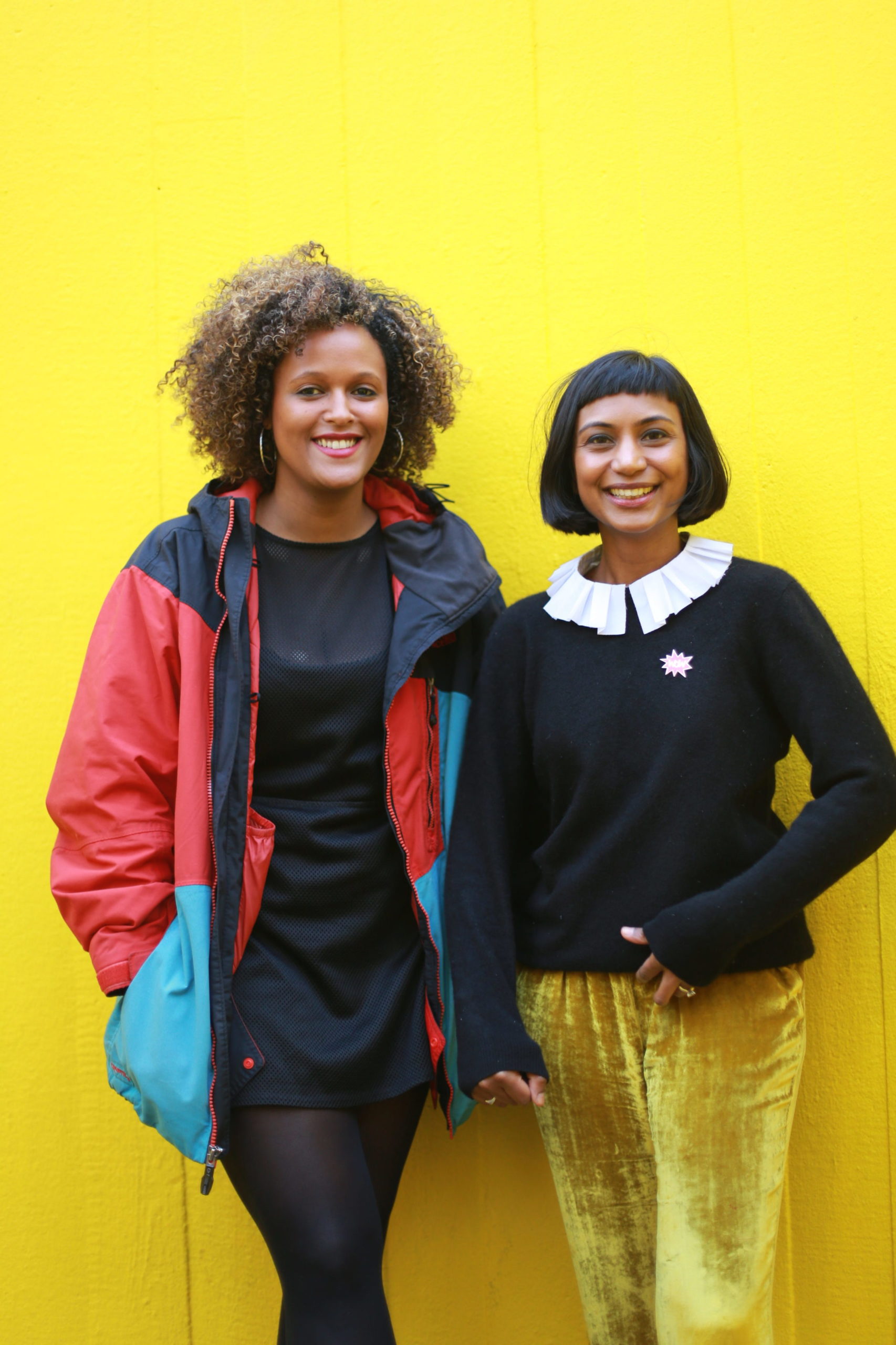Covering sexuality, race, current affairs, and all things art and design in a completely fresh and relatable way, the Stance podcast is a monthly DIY dose of stories that spotlights those who often go overlooked. Creators Heta Fell, in San Francisco, and Chrystal Genesis, in London, have built a wide-ranging series that plays host to marginalized voices and has become one of the most consistently smart podcasts to emerge in the past year.
After launching in early 2017, the duo has fine-tuned a magazine-style show that interviews artists, choreographers, writers, and filmmakers—each with a unique narrative and perspective. More recently, they have branched into chaired panel discussions—such as a recent London Design Festival Power panel talk with women leading in their fields, including Baroness Lola Young—and installed an immersive audio installation at the Barbican in London.
We caught up with the impressive pair both to unravel the intimate accounts of those who define our culture and to learn more about the production and new channels of storytelling in this day and age.
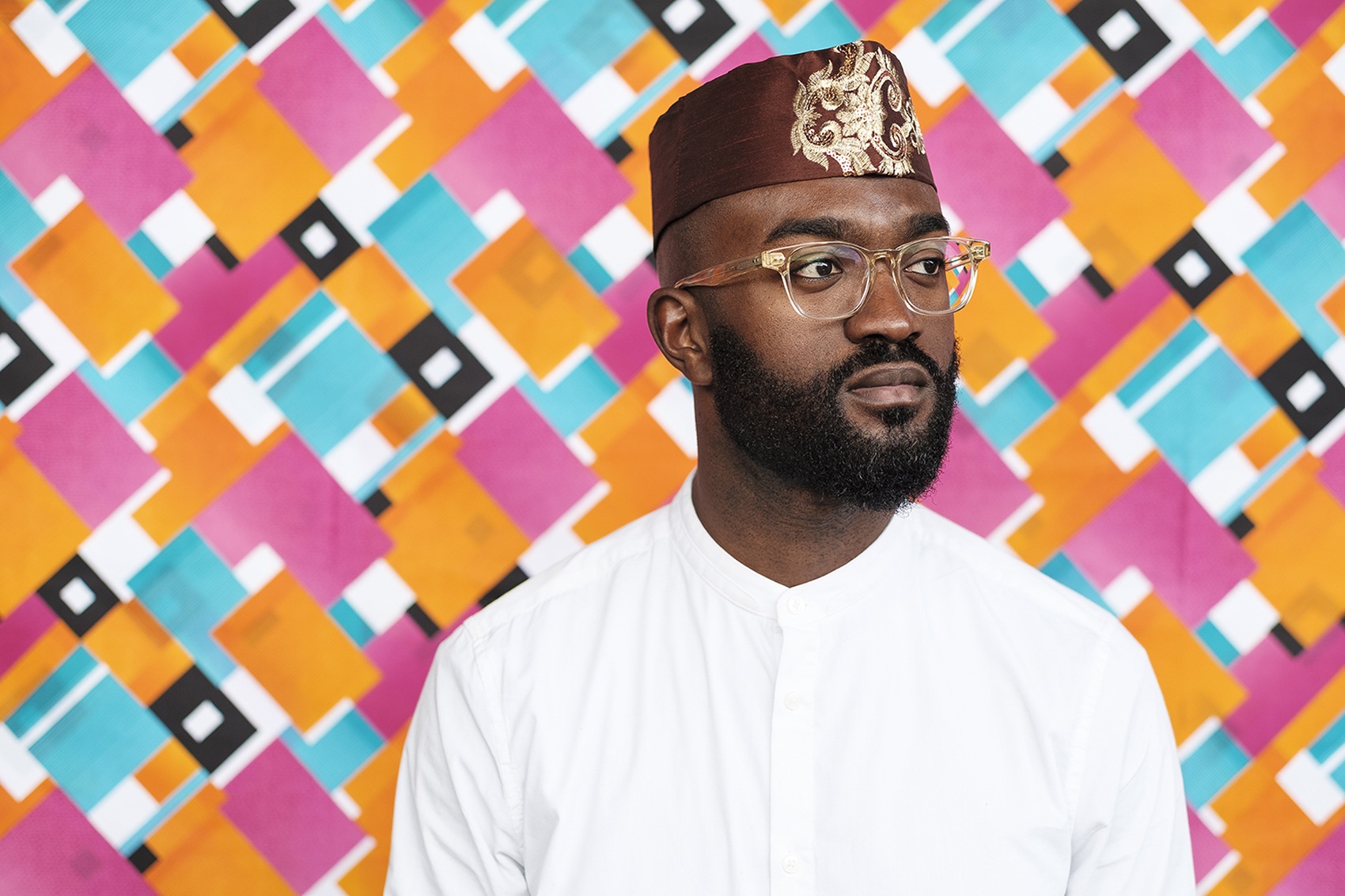
Inua Ellams, Episode 20 guest. COURTESY OF STANCE PODCAST.
What were the reasons for launching the Stance podcast?
Chrystal Genesis: I think the rise in terrifying populist politics that targeted the most vulnerable was a massive push, but we were also seeing an explosion of voices online counteracting that. We wanted to lend our voice to it and create global content that informed, entertained, and inspired action. I hope we’ve stuck to that!
What’s the Stance ethos? What does it stand for and what’s its purpose?
Heta Fell: Our ethos has always been around putting forward diverse and global perspectives on arts, culture, and current affairs. Diverse has become code for “ethnic minorities” but by definition it’s actually about things being varied. If we are only fed the same viewpoints from the same homogenous groups, we are missing too much. Why can’t more people contribute in the discussions that shape culture and society? We use our platform to hear interesting ideas and opinions from as far and wide as possible, and not necessarily viewpoints that we always agree with. People need to develop a more complex and objective understanding of the times we are living in, and that starts from hearing more sides of a story.
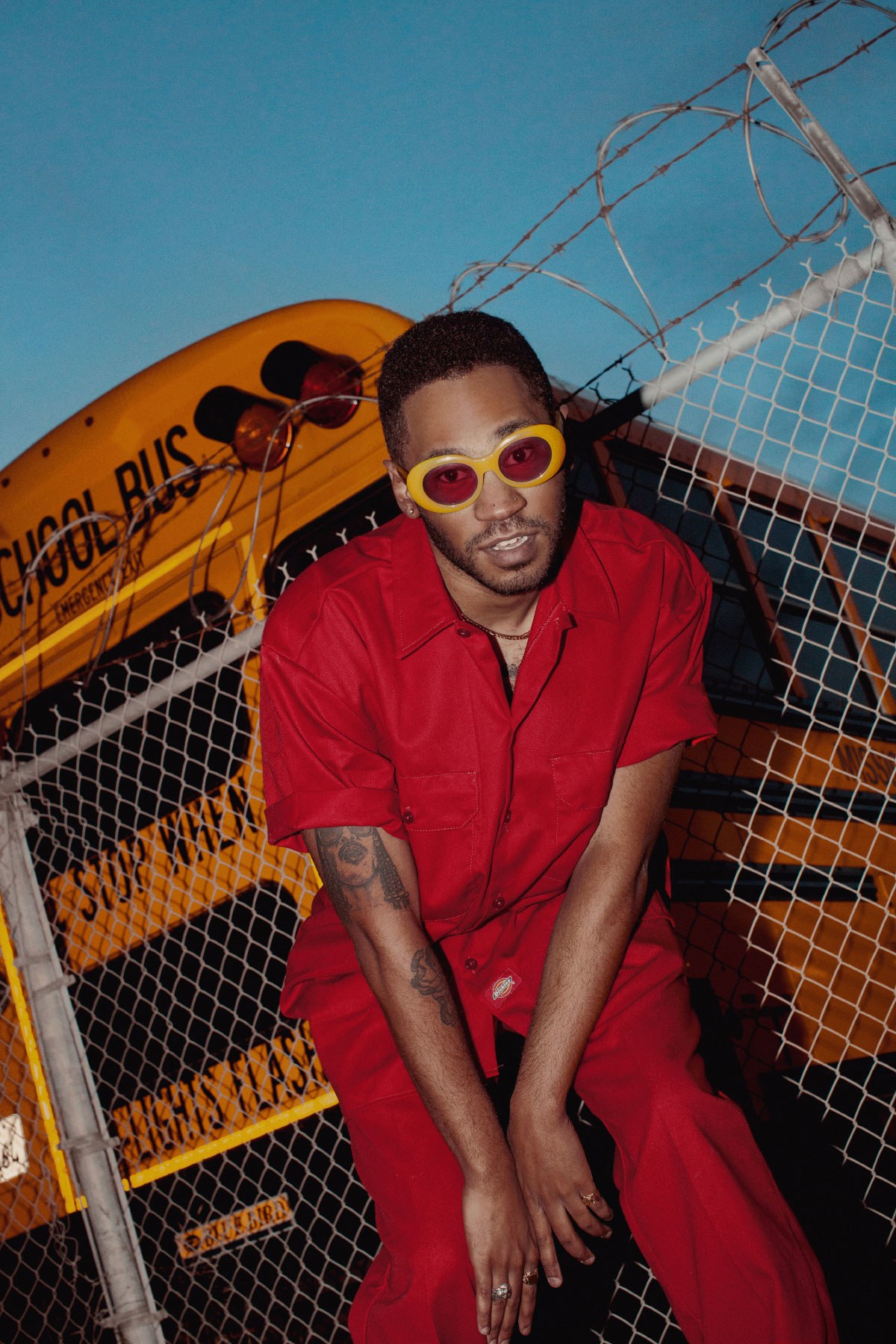
Kaytranada, Episode 15 guest. COURTESY OF STANCE PODCAST.
Who do you strive to feature in the Stance episodes, and who do you look out for?
CG: Lots of the arts stuff we do will be inspired by contemporary culture, interesting ideas, or entertaining content. I work in programming music, dance, and comedy outside of Stance, so I am always inspired by the artists I come into contact with or artists I read about. Our current affairs content is usually sparked by the lack of wide-ranging debate in the mainstream, so we highlight things that are sometimes not covered or use unlikely narrators. It can be anything and everything, but we aim for it to be accessible and at the same time international.
HF: I think we are both good at spotting people that need to be on your radar, from poets and playwrights and actors to politicians and artists. We are constantly reading, listening to radio, and speaking to friends all over the world, so a lot of our inspiration comes in that way. In the times we are living in, people can often feel stifled as to what role they can play, so we love to feature the “do-ers” in society—people using their platform to drive change, from the smallest everyday actions to bigger moves. We want to leave our listeners feeling empowered and inspired to act.
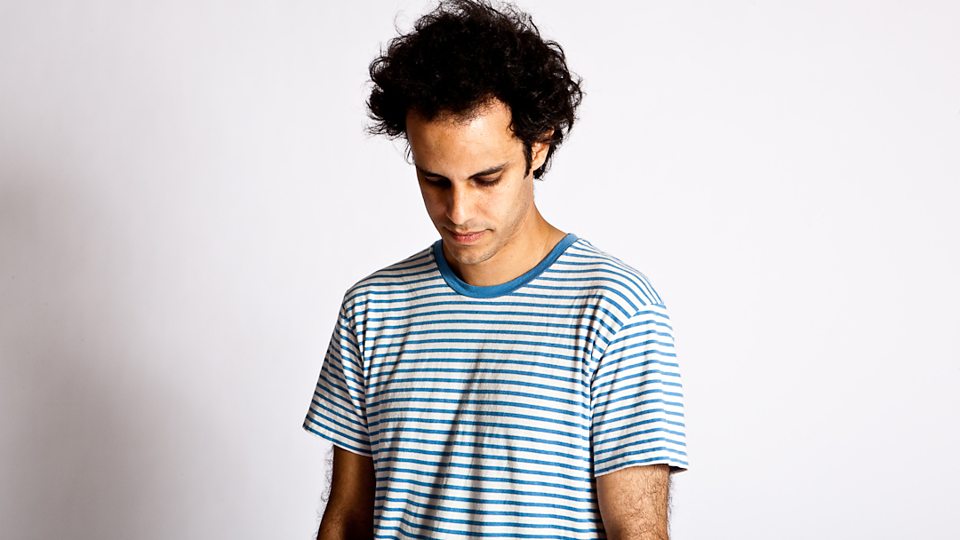
Four Tet (Kieran Hebdan), Episode 11 guest. COURTESY OF STANCE PODCAST.
What does a usual working day look like for you? Run us through your creative process and how you put together an episode of the Stance podcast.
CG: We love the DIY nature. We create the program based on the time we have, and with a lot of great material there’s always endless editorial takes we can bring to things. We like sounds, ideas, long interviews or essays, and we are influenced by things we see when we are out and about. So we try and evolve all the time. We just launched a new mid-month strand called “Stance Takes,” which is an experimental mini-episode outside of Stance’s regular format, covering entertainment, in-depth interviews, and the ideas framing our conversations. And we also now include culture recs in our program that’s inspired by things we have seen or suggested by our audience. We also have some brilliant team members who help us with research, promo, getting it on the site, or recording the podcast.
Does location play a pivotal role in your working process? As you’re based in both south London and San Francisco, are there many implications? Or does it enable a wider breadth of content to be covered?
CG: I think the cross-Atlantic connection makes us unique. We use the larger networks we have to make more innovative content, and because we are DIY we are able to take risks and be more bold, experimental, or serious with topics, which I really enjoy. In a recent podcast we looked at what coming of age means and linked it through film, music, and how it plays out through culture, religion, politics, and how it’s heard from young people. With the likes of our take on the sea in episode 11 or Jean-Michel Basquiat in episode 10, the wide-ranging and rich nature of our content couldn’t be produced otherwise.
We also like playing with location and movement throughout our work and recently went to Mumbai and covered the street educators, young LGBTQ activists, and visual artists that are all changing the face of modern Mumbai, in episode 17. We also take Stance out of the studio to curate one-off events, festival programs, and audio content in real life with collaborators or organizations.
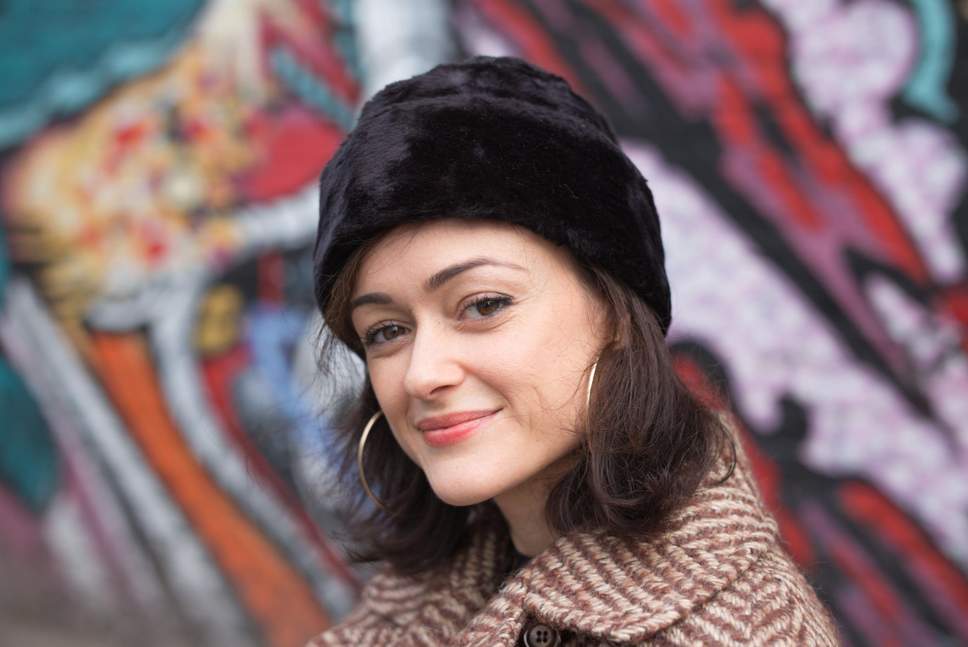
Sabrina Mahfouz, Episode Nine guest. COURTESY OF STANCE PODCAST.
Although a relatively new medium, podcasts seem to be increasing in popularity. Why do you think this is? What value do podcasts add to storytelling?
CG: It’s still too early to tell. What I would say is that more stories and perspectives are always needed. I also think they don’t have to be all the best quality or to reach for the stars, especially from minorities or women. Podcasts lack those perspectives—you can learn on the job and bring your own ideas, which is the real currency. There’s a lot of mediocre stuff being made, generally, so don’t make a lack of experience a reason to not do it.
HF: I do love the medium of podcasts. I grew up in a household where the radio was a permanent fixture and I’ve taken that with me. I usually listen to podcasts in the car or while commuting, in the kitchen, and when I go for a run. There is something so wonderful and intimate about listening to an in-depth conversation and coming away with new thoughts and inspiration.
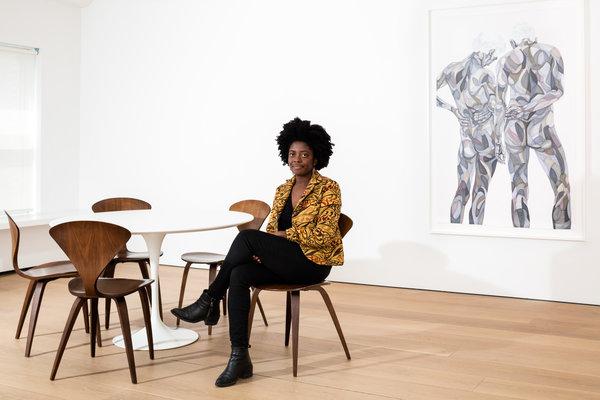
Yaa Gyasi, Episode Seven guest. COURTESY OF STANCE PODCAST.
